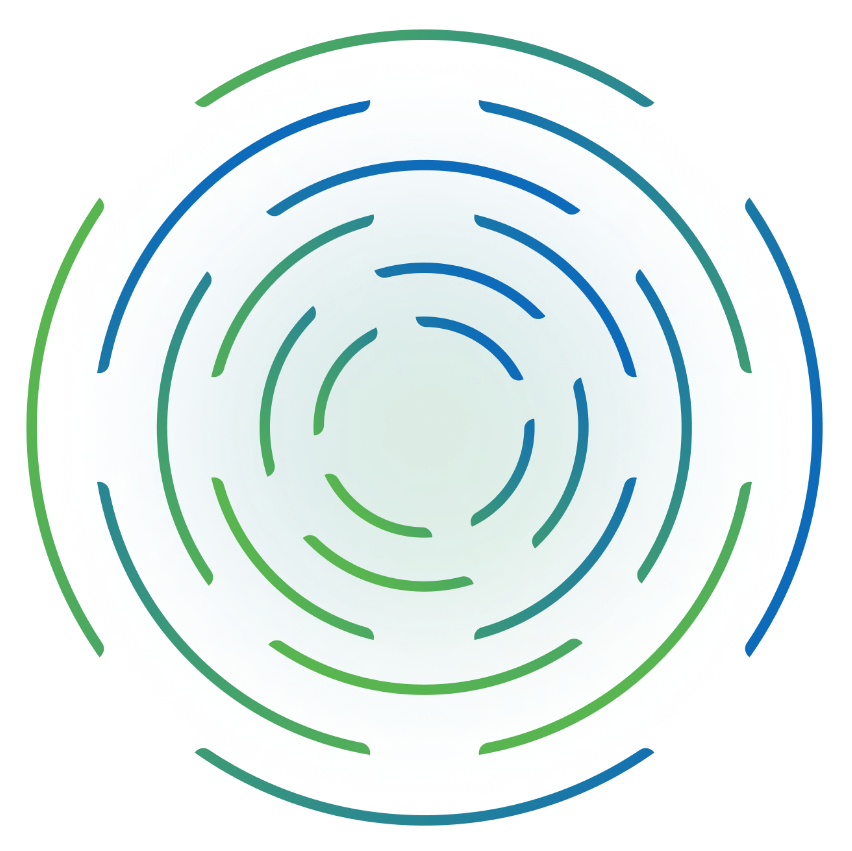As your hybrid IT environment grows more complex, the risk of incidents and outages that impact business services increases exponentially. At the same time, ensuring flawless and continuous access to these services is the key to delivering exceptional customer experiences and keeping employees productive. This tension places incredible pressure on your ITOps team to accelerate mean time to repair (MTTR) when things go wrong.
To reduce MTTR, ITOps teams must spend a considerable amount of time analyzing logs to catch errors, anomalies, and other events that can help diagnose problems. Today’s distributed SaaS applications feature hundreds of microservices that generate billions of log entries daily. To navigate this ocean of data, your ITOps teams need automated solutions for log management that leverage artificial intelligence (AI) and machine learning (ML) to dramatically reduce MTTR and accelerate resolution.
ScienceLogic can help. With IT automation tools for hybrid cloud monitoring and automated root cause analysis, ScienceLogic provides modern IT operations with actionable insights to predict and resolve problems faster in highly complex hybrid environments.
Accelerating log analysis
Logs have long been a crucial part of troubleshooting software anomalies for several reasons. Every application produces logs to aid developers in debugging potential issues. They’re reliable—a log event lets ITOps teams immediately determine which part of the software generated it, helping to identify root cause. Additionally, they’re easy for humans to read, since developers annotate log events using recognizable keywords and phrases. This makes it easy for even unskilled engineers to correlate events and incidents.
However, traditionally, log analysis has been a highly manual process, increasing MTTR and hindering remediation. Logs tend to be noisy and unstructured, making it harder to detect anomalies. Engineers must often sift through millions of log events to uncover unusual spikes, errors, alerts, and warnings. But even when these are caught, they tend to illuminate symptoms rather than identify root cause. That means engineers must continue to scan logs searching for novel, new, or unusual events that may have caused that incident. Pinpointing root cause often relies on engineers to infer connections between a new event and downstream errors, searching the public domain for similar instances to increase their confidence in their analysis.
Software solutions for log management offer some assistance. They allow engineers to create rules that monitor logs for specific events, event details, or event patterns, partially automating the process of identifying and understanding certain issues. While these solutions can be effective in relatively static or simple environments, they are difficult to scale as environments become more dynamic and complex, making them inadequate in modern hybrid cloud deployments.
To effectively reduce MTTR, ITOps teams need a better approach to log analysis that leverages AI and ML to dramatically accelerate root cause analysis and incident remediation. That’s where ScienceLogic excels.
Reducing MTTR with ScienceLogic
ScienceLogic is a leader in automated IT operations, empowering IT operations, freeing up IT talent, accelerating innovation and transformation, and driving business outcomes. The ScienceLogic AI Platform is an IT infrastructure monitoring and AIOps solution that monitors your digital footprint wherever it resides. The ScienceLogic AI Platform delivers comprehensive visibility across clouds and on-premises infrastructure, contextualizes data with relationship mapping, and uses intelligent automation to eliminate manual tasks like log analysis.
As part of the ScienceLogic AI Platform, ScienceLogic’s Skylar Automated Root Cause Analysis (RCA) brings Log Analysis with unsupervised ML to automatically find the root cause of software problems and reduce MTTR. Skylar Automated RCA uncovers clusters of correlated novelties and errors across millions of log streams, analyzing and understanding the log environment without need for manual monitoring or management.
To reduce MTTR, Skylar Automated RCA log analysis enables you to:
- Diagnose issues 10x faster by automating root cause analysis. Skylar Automated RCA automatically ingests and runs machine learning-driven log analysis across millions or billions of messages from log files gathered from applications and infrastructure throughout your IT estate. By analyzing these log messages far faster than your human ITOps teams can, Skylar Automated RCA dramatically helps reduce MTTR by minimizing the time to understand what is actually broken and indicating where to begin troubleshooting and repair.
- Identify unknown unknowns – before they impact services. The complexity of cloud-native applications makes it difficult for teams monitoring service health to know what might break next or where to proactively look for issues. Skylar Automated RCA AI Log Analysis lets your team catch new problems without manually building complex rules or constantly poring over log data. Skylar Automated RCA identifies unusual or novel issues and associated root causes, even when your traditional monitoring tools don’t know what to look for. By correlating unusual behavior with recent changes in performance metrics, Skylar Automated RCA reveals the potential business or service impact of new incidents.
- Get root cause summaries in plain language. No two logs are alike—they each use their own unique vocabulary and syntax to provide operators with details on events and errors. This makes it far more difficult for developers to absorb information quickly. Skylar Automated RCA distills billions of log lines down to a few salient points and provides plain language root cause summaries and visual clouds that help developers digest insights quickly—so they can get to work sooner to reduce MTTR.
Benefits of ScienceLogic’s automated troubleshooting technology
With ScienceLogic Skylar Automated RCA and other IT workflow automation tools on the SL1 platform, you can:
- Monitor all IT resources and reduce visibility gaps: SL1 provides over 500 out-of-the-box data collectors as well as low-code tools for building your own hybrid and multi-cloud monitoring solutions, letting you cover almost any IT asset.
- Respond sooner to incidents: Business service monitoring and leading ITSM integration enable ITOps teams to respond faster while minimizing risk.
Find root cause faster: ML-driven processes find issues in seconds with greater than 90% accuracy. - Reduce MTTR by 80%: Generative AI deciphers complex event logs, presenting findings in clear language that lets anyone on the AIOps team understand the problem and know what action to take.
- Repair issues in seconds, not hours: ScienceLogic’s automated tools eliminate the need for teams to manually execute scripts or travel to sites to repair issues.
Why ScienceLogic?
ScienceLogic is trusted by thousands of organizations across the globe to empower IT operations, drive innovation, and secure better business outcomes. The ScienceLogic AI Platform combines AIOps and IT operations monitoring tools with software for network management, automated root cause analysis, cloud network monitoring tools and more, helping IT teams optimize infrastructure, avoid service outages, and build autonomous business systems.
With ScienceLogic, organizations and ITOps teams can rely on:
- Flexible technology: ScienceLogic’s solutions serve a broad range of use cases with accurate, cost-effective, analytics-driven automation.
- Proven technology: The ScienceLogic AI Platform is proven for scale by the world’s largest service providers. It has met the rigorous security requirements of the United States Department of Defense, and it is optimized to fulfill the needs of the world’s largest enterprises.
- Integrated solutions: ScienceLogic collaborates with a variety of MSPs, channel partners, global system integrators, and federal system integrators to streamline hybrid cloud complexity and accelerate digital transformation.
Reduce MTTR FAQs
What is MTTR?
Mean time to repair (MTTR) is a metric used in IT infrastructure monitoring to measure the average time required to diagnose, repair, and restore a failed system or component to its normal operational state. It is a key performance indicator for maintenance efficiency and reliability.
What are the benefits of reducing MTTR?
Reducing MTTR minimizes system downtime, ensuring higher availability and reliability of IT services. It enhances user satisfaction by quickly resolving issues and reducing the impact on business operations. Additionally, it leads to cost savings by decreasing the time and resources spent on repairs.








